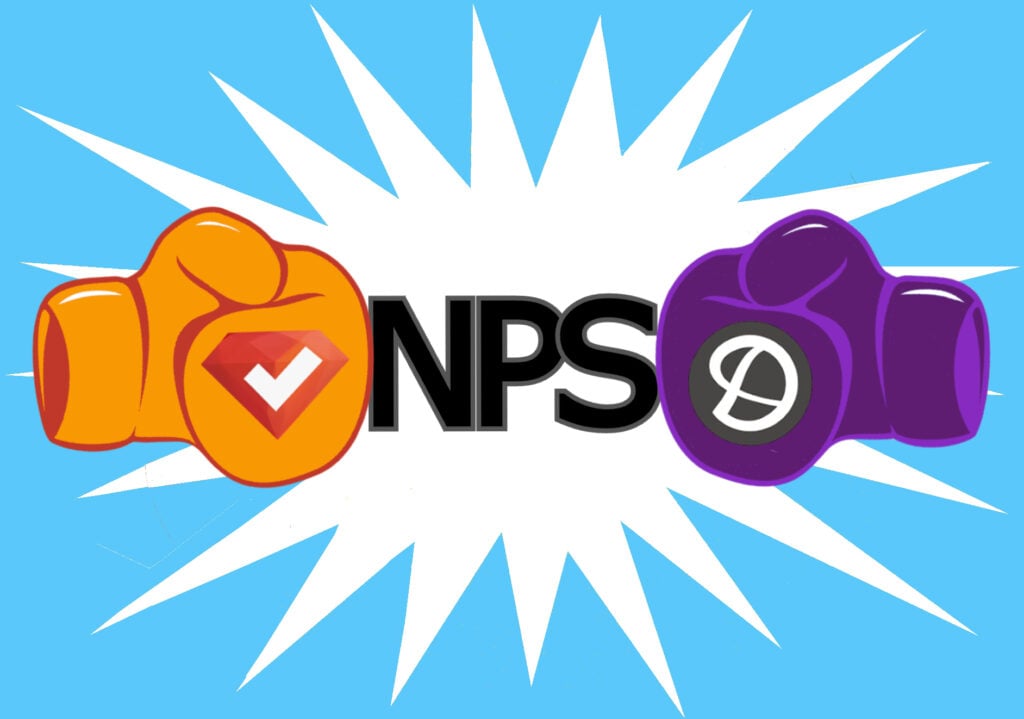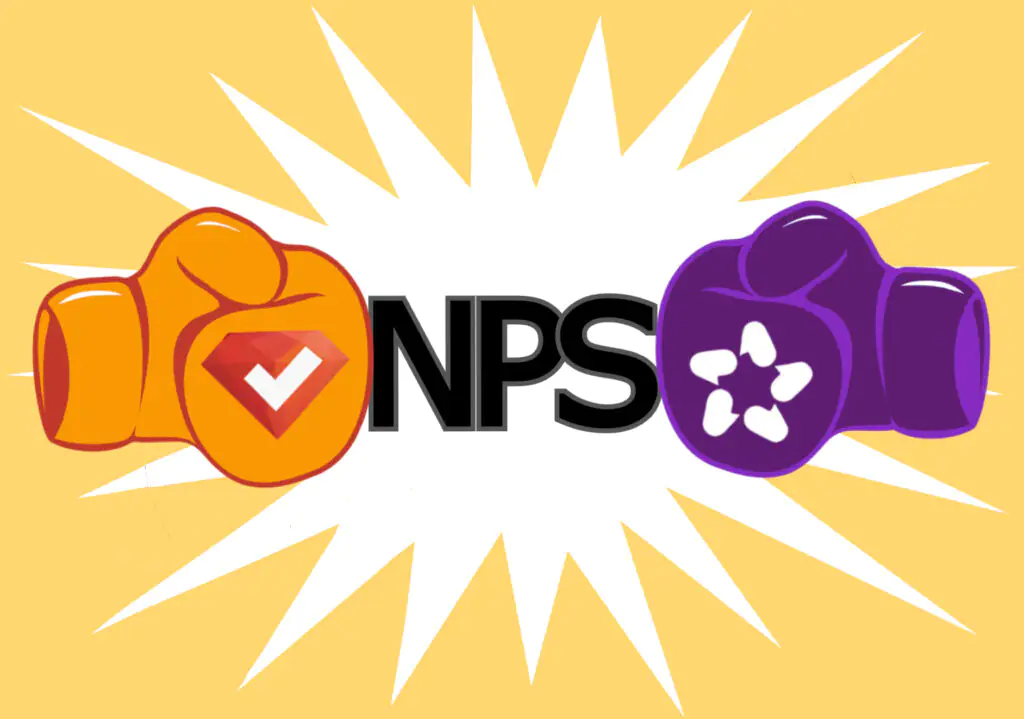Think of the Nike brand for a moment. I’d bet the swoosh logo and the slogan “Just Do It” came to mind immediately! Some brands just seem to rest in the collective consciousness. Coffee brand? Starbucks. Phone? Apple. Fast food? McDonald’s. How have these brands managed to maintain this strong brand identity over the years? A lot of factors go into their success, but you can bet that one way they stay top of mind is through brand tracking.
Create your perfect brand tracking survey, form, or poll now!
What Is Brand Tracking?
Brand tracking is a process in which a company measures changes in their brand perception over time, often through focus groups or branded surveys. It enables them to quantify a return on brand investment and helps support brand strategy decisions. There are a number of different metrics companies can use, but the three most popular brand tracking methods are as follows:
Brand Awareness
Brand awareness asks the question, “how well do consumers recognize your brand?” Finding out the answer requires two types of measurement:
- Unaided awareness. The consumer remembers your brand without any prompting or visuals. This means your brand is literally “top-of-mind.”
- Aided awareness. The consumer remembers your brand but needs prompting or something else to jog their memory, such as a list of logos
Brand Association
Brand association requires asking consumers who know about your brand – even if they don’t use your brand – what they think about it, or their perception of your brand. How positive these perceptions are, and whether or not they match the way you view your own brand, allows you to see just how well you’re communicating your brand’s message.
Brand Consideration
Brand consideration is measured by asking existing customers for feedback to begin painting a picture of your level of brand loyalty. For example, if you ask whether they would consider your brand over competing brands and they say yes, you’re doing good; if they continue to come back to your brand, loyalty is strong.
Top 5 Benefits of Brand Tracking Surveys
1. Measuring Performance Over Time
When brand tracking is carried out regularly, you can begin to see whether your brand’s health is improving, worsening, or remaining consistent over time with visual results. Based on the results, company leadership can make the necessary adjustments to their marketing and brand strategy, and see how these changes impact health through continued tracking.
2. Staying Connected to Consumers
Public perception of a brand is always in flux. By monitoring this, companies can make it a priority to evolve with the times (and with their consumers), keeping their brand relevant. It also reduces the chances of being blindsided by a sudden (or even gradual) shift in public perception. For example, just because Generation Z loves your brand now, as they get older, will your brand still hold the same appeal? Or will you need to try to appeal to the next younger generation?
3. Gauging Campaign Effectiveness
Creating a marketing campaign or developing a new product is a costly endeavor, so after the launch of either, you’ll want to know what the public thought of the messaging or product. Did it resonate as you’d intended? Are sales coming from a new audience, or is your target audience simply buying more? Did it improve or worsen brand perception? Conducting qualitative research before and after a campaign or product launch is critical to avoiding branding missteps.
4. Gauging ROI of Marketing Initiatives
While an increase in sales is a great indicator of the success of a new campaign or product, maintaining or boosting brand awareness, association, and consideration is also a key objective. Brand tracking allows you to see if your new initiative improved or worsened this branding trifecta, and depending on the results, can guide your future initiatives.
5. Comparing Your Brand to Competitors
How does your brand measure up to your competition? Are you the top pick of your target audience? Brand tracking reveals these answers and can help you strategize on how to move forward. For example, if one brand consistently beats out yours when it comes to brand awareness, association, and consideration, what are they doing differently? Where are they advertising, and what is their message? Should you try to emulate them, or further differentiate yourself? Brand tracking studies and the market analytics they provide help raise these important questions.
Conclusion
Is your brand underperforming? If it is, brand tracking can help you get to the bottom of the “why.” The sooner you start brand tracking, the better, as performance should be measured over time. Of course, even if your brand is doing well and sales are robust, you don’t want to rest on laurels; just think of Blockbuster or Blackberry. Had they engaged in better brand tracking, perhaps they would have been able to anticipate the shift in the industry tide and the changing needs of consumers.
One way to monitor brand health is through regularly sent branded surveys. With SurveyLegend, you can email brand tracking surveys to begin monitoring the health of your brand. We make it easy, with beautifully rendered, pre-designed survey templates (check some of them out here). Best of all, you can get started today for free.
Does your company engage in brand tracking studies? Which brand tracking methods do you use? We’d love to hear from you!
Create your brand tracking survey, form, or poll now!
Frequently Asked Questions (FAQs)
Brand tracking enables companies to quantify a return on brand investment and it helps support brand strategy decisions.
The three most common types of brand tracking look at brand awareness (how well consumers recognize a brand), brand association (what consumers think about your brand), and brand consideration (whether consumers would purchase your brand).
Brand surveys help companies measure their performance over time, stay connected to customers, gauge campaign effectiveness, and determine how they stack up against the competition.
Brand tracking is a process in which a company measures changes in the public’s brand perception over time, often through focus groups or branded surveys.




